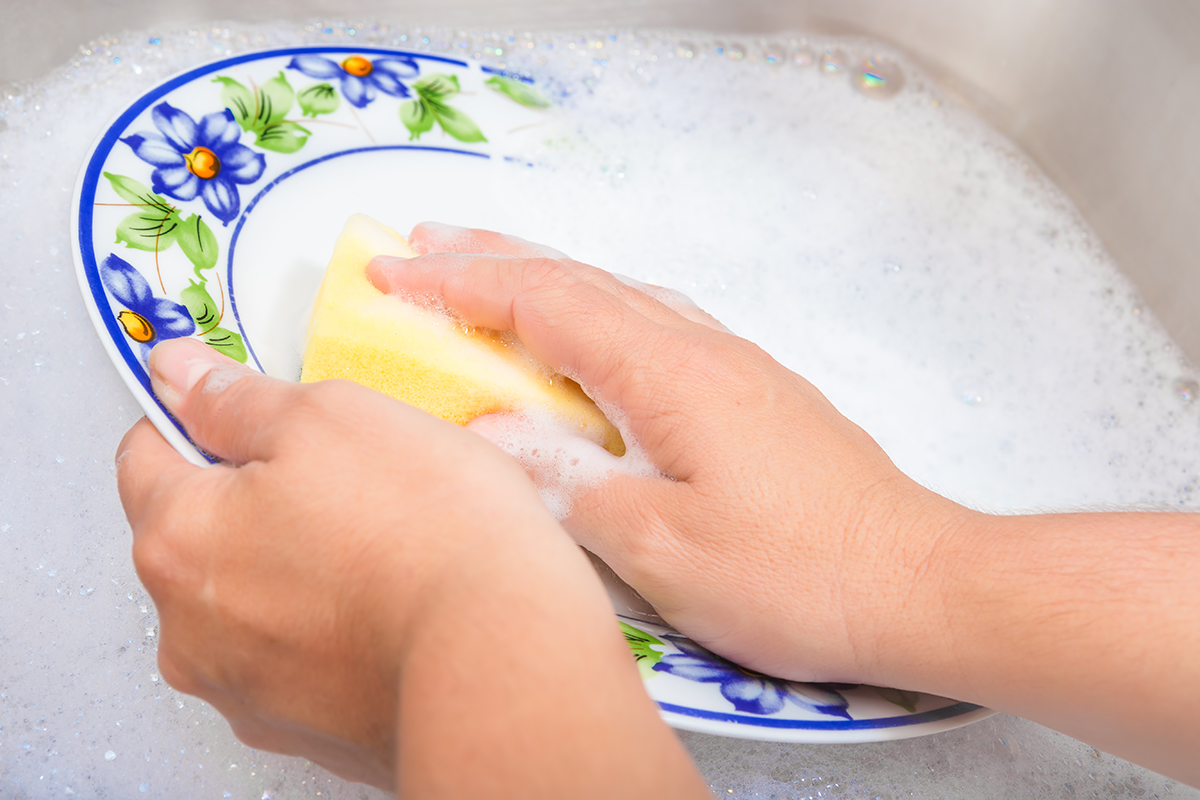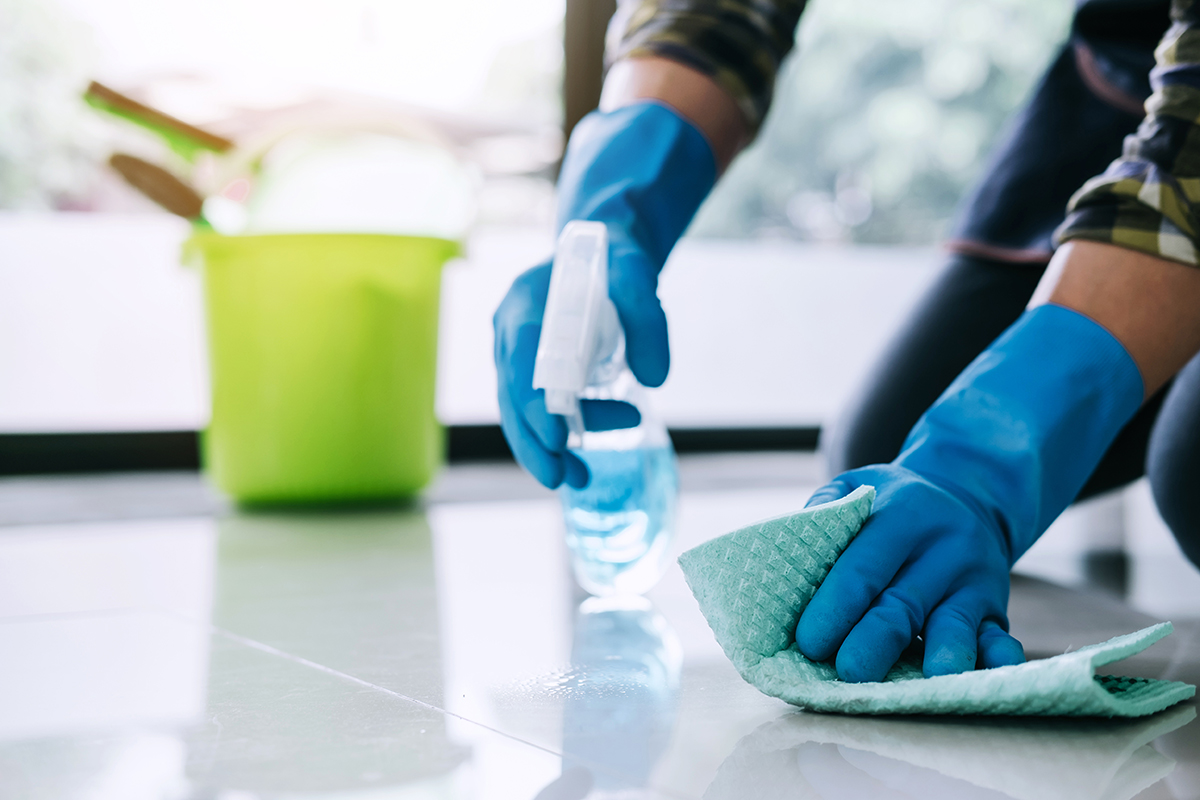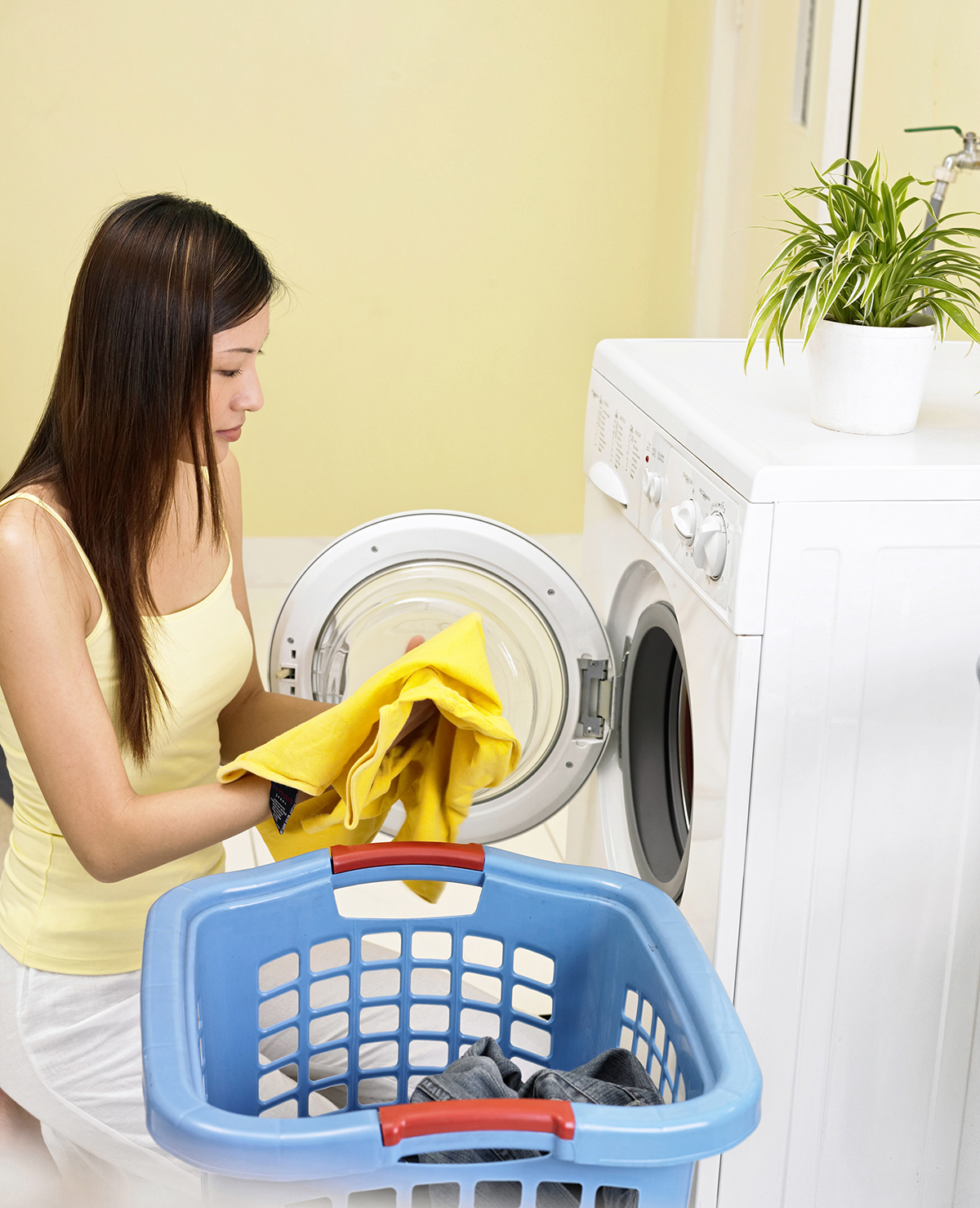 May
23
2016
May
23
2016
3 reasons why fabric softeners are not as good as you think
Pretty much every household uses fabric softeners. Advertisements promise sweet, fresh smelling clothes that are smooth and static free. However, in-wash fabric softeners and heat-activated dryer sheets are a deadly combination of harmful chemicals that damage the environment, pollutes the air and is bad for your health.
Here are what you should watch out for regarding softeners and what to use in place of fabric softeners:
1. Quaternary ammonium compounds – complex sounding words but harmful all the same. They make clothes feel soft and comfortable right after washing, but might trigger asthma attacks and is toxic to our reproductive system.
You should always check labels for ingredients such as distearyldimonium chloride or diethyl ester dimethyl ammonium chloride. Both of which are variants of hydroxyethyl methyl ammonium. or terms “biodegradable fabric softening agents” and “cationic surfactant.” Retrieved from ecowatch.
2. Fragrances. Everyday household products contain more than 3000 fragrance ingredients that are impossible to identify.
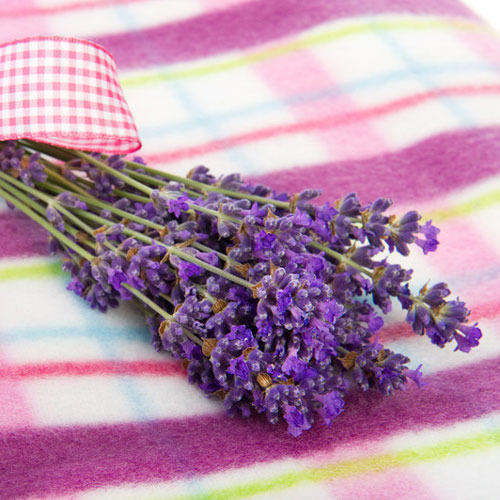
Phthalate is a common ingredient found in fabric softeners to help disperse the scent. Synthetic musks like galaxolide can build up in our body, which can result in allergies, dermatitis, difficulty breathing and reproductive issues. Such scents can cause problems for asthmatics or those sensitive to chemicals if released outdoors.
3. Much like fragrance, preservatives and colourants are common words found on a softener label. These are also chemicals, with the most disturbing one being methylisothiazolinone, a potent skin allergen which is known to trigger asthma attacks. Glutaral is toxic to marine life and for artificial colouring, D&C violet 2 has been associated with cancer.
With such alarming findings, you should give softeners a miss on your next supermarket visit. Instead, experiment with these natural ways to replace softeners and dryer sheets. You won’t even notice the difference!
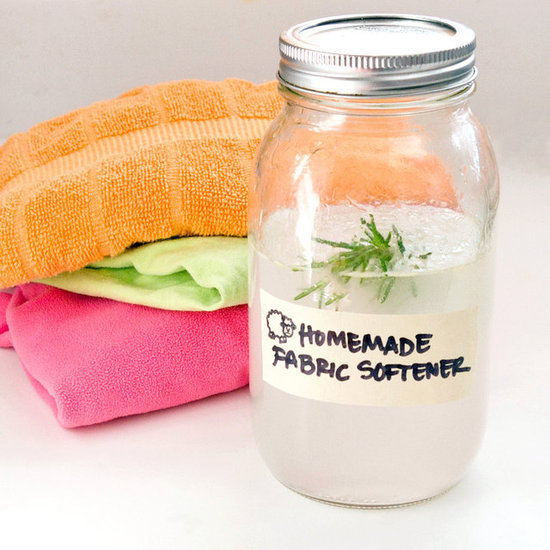
• Add half a cup of distilled white vinegar during the rinse cycle. You don’t have to worry about the smell lingering on your clothes.
• If you rely on dryers, run it with just your clothes. Do not over-dry as it can lead to static. Dryer sheets contain a variety of chemicals and are not reusable, meaning there is additional wastage
• Go for 100% wool dryer balls. They help reduce static and is safe for babies or those with sensitive skin. These balls also help separate clothes in the dryer, helping you save time and energy. They can be found ready-made or you can always make your own with wool batting or wool yarn. Choose unscented versions and be wary of essential oils which can trigger allergic reactions

